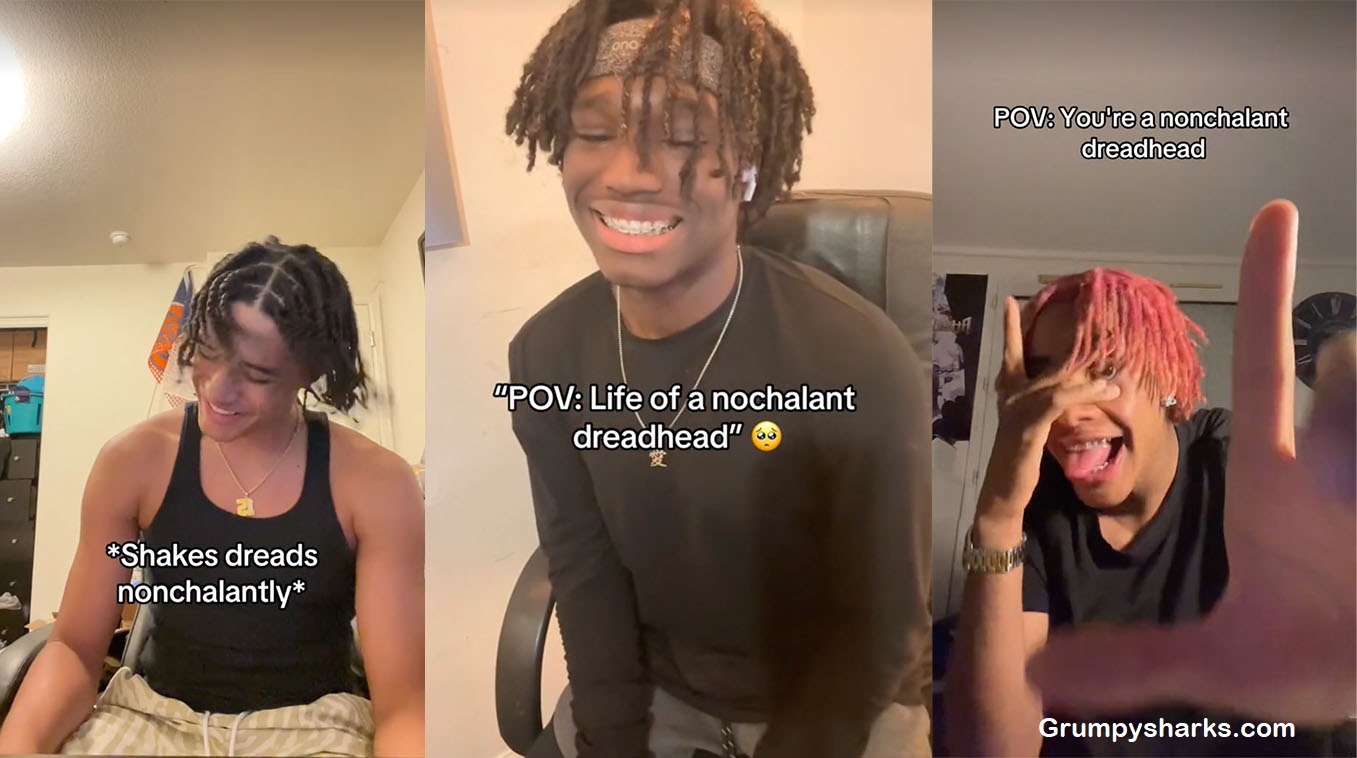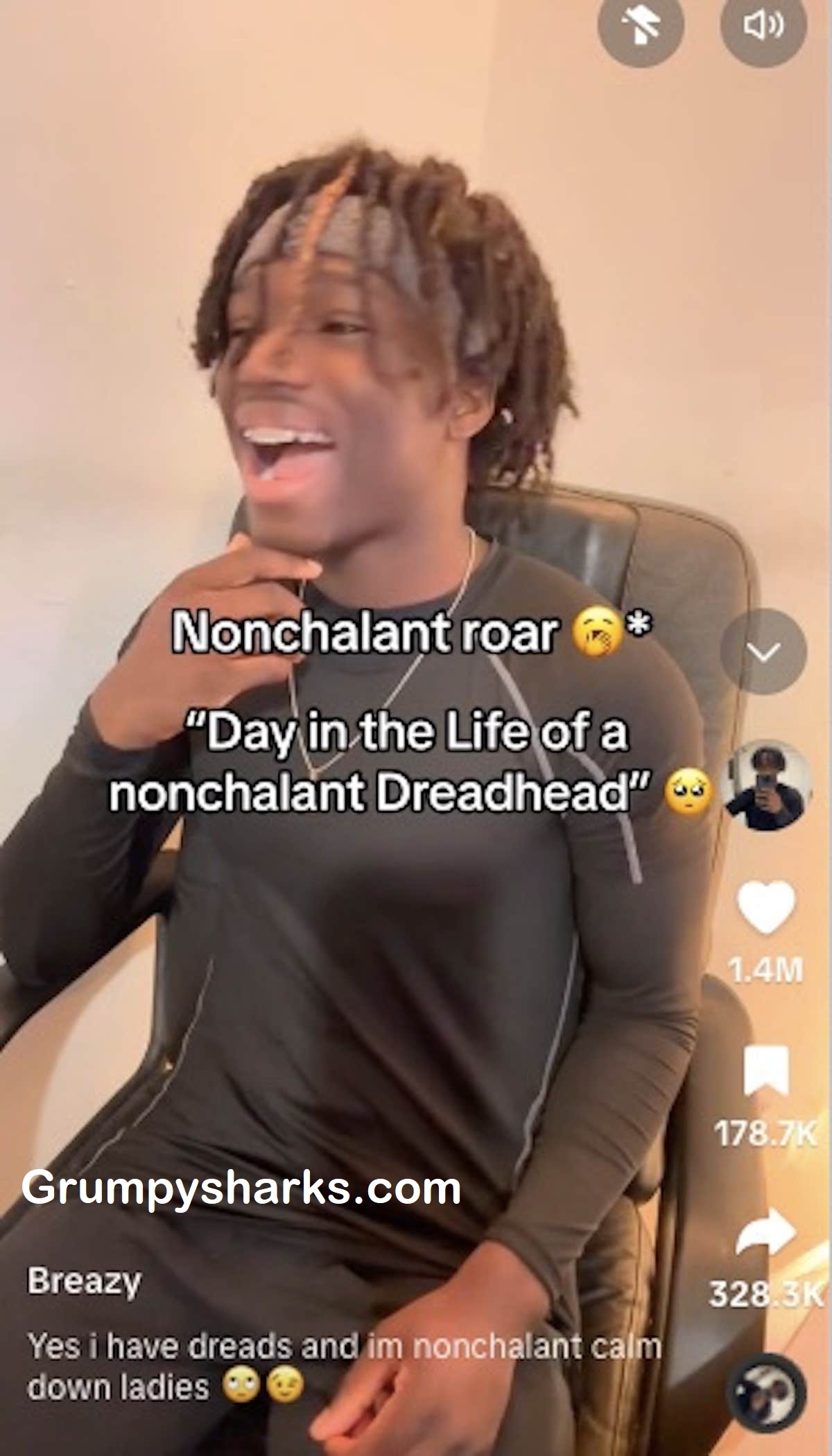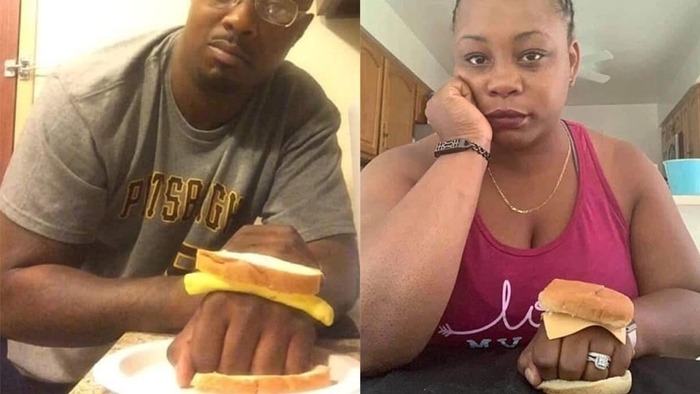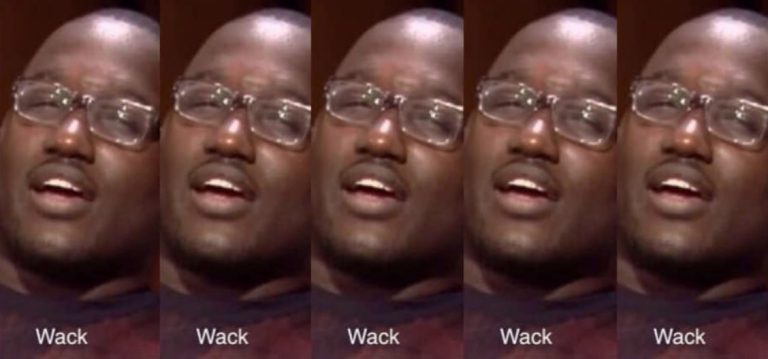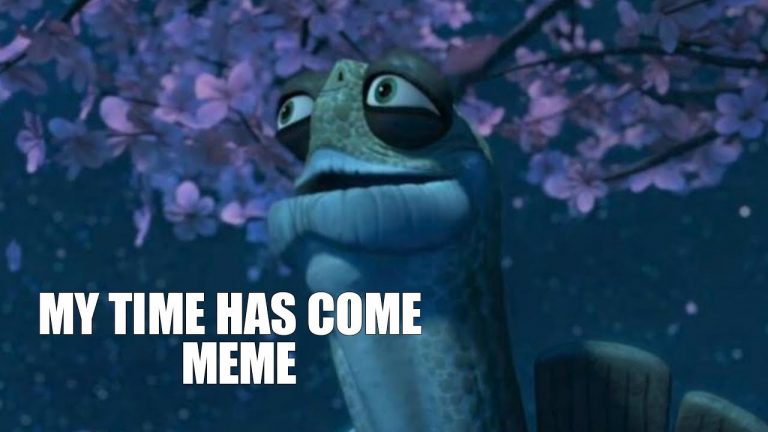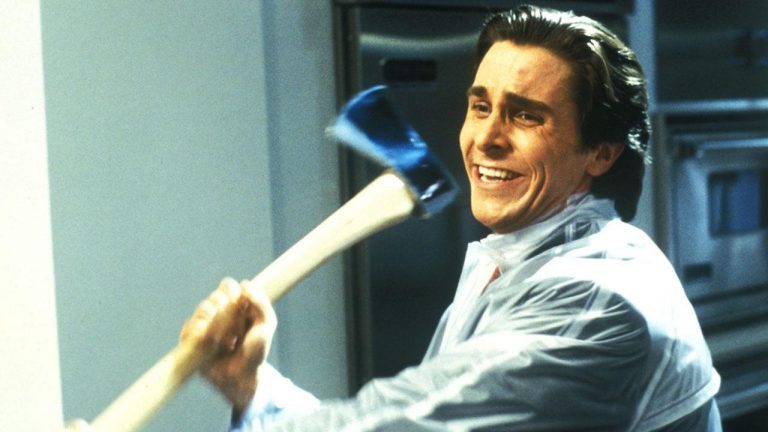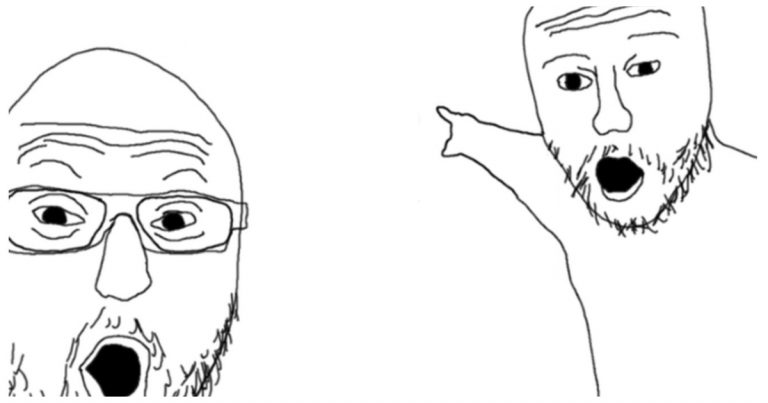Nonchalant Dreadhead Meme EXPLAINED: Meaning, Origin, and the Truth Behind “Trippi Troppi”
Few TikTok trends are as bizarre—or as wildly popular—as the Nonchalant Dreadhead meme. With deadpan stares, pixelated edits, and the cryptic phrase “Trippi Troppi”, this viral character exploded onto the scene as a perfect example of Gen Z’s surreal, post-ironic humor. What started as an AI-generated parody spiraled into a meme that blends absurd animation, layered sound bites, and pure internet randomness.
If you’ve seen the memes but still wonder what it all means, where it started, or why everyone keeps saying Trippi Troppi, you’re in the right place.
#1 What Is the Nonchalant Dreadhead Meme?
On TikTok, this character became a digital archetype: flirty, detached, and always acting like nothing could faze him. He’s not based on a specific person but on a familiar social vibe—one many users immediately recognized and exaggerated for comedic effect.
#2 What Is the Origin Of Nonchalant Dreadhead Meme?
The Nonchalant Dreadhead meme first appeared on TikTok in early 2021, built around skits that exaggerated the attitude of smooth, emotionally detached young men—often portrayed with dreadlocks, a laid-back vibe, and flirty confidence. These videos turned everyday social traits into a viral archetype, and users quickly jumped in to recreate the character, evolving it into a staple of TikTok humor.
This meme rose to fame through a few key factors as below:
- First, viral POV clips on TikTok—where creators acted out scenarios like “nonchalant dreadhead walks in”—gave the format a clear, repeatable hook. The platform’s short-form style made it easy to share and remix.
- Second, the meme reflects aspects of Black teen subculture, especially in Southern or urban communities, where style and attitude are essential forms of self-expression. While playful, it also touches on how online trends can flatten real identities for laughs.
- Finally, it leans into exaggerated tropes—cool, distant, unfazed—which are common in internet humor. These traits, though overdone, make the character easy to recognize, imitate, and share.
#3 Why Is the Nonchalant Dreadhead Meme So Funny?
The humor behind the Nonchalant Dreadhead meme comes from its ironic take on emotional detachment, a clever parody of anime character tropes reimagined through urban culture, and the way it balances relatability with pure absurdity. These layers make the meme feel both surreal and strangely familiar—funny not just because it’s ridiculous, but because it exaggerates real behavior we all recognize.
This meme is considered funny for the following reasons: irony and exaggeration of emotional detachment, satire of anime tropes filtered through urban culture, and the balance between relatability and absurdity.
- Irony and exaggeration of emotional detachment: The meme takes the “unbothered cool guy” and pushes it into full-on parody—stoic face, over-the-top confidence, and a complete lack of emotional reaction. According to a 2022 study from the University of Chicago’s Department of Psychology, Gen Z often uses irony to flip social norms on their head, turning the aloof persona into a source of humor rather than something to admire.
- Satire of high school anime tropes through urban culture: The dreadhead character closely resembles the mysterious anime protagonist—silent, stylish, and emotionally distant—but reframed through Black urban aesthetics.
- Relatability vs. absurdity: This character works because he feels both real and unreal. For some, he’s a direct reminder of classmates or social figures they’ve encountered. For others, it’s the exaggerated nature that makes him entertaining.
#4 What Impact Has the Nonchalant Dreadhead Meme Had on Pop Culture?
The Nonchalant Dreadhead meme left a mark on pop culture by crossing platforms, inspiring endless parodies, and sparking conversations about identity and stereotypes. It became more than just a joke—it became a symbol of how memes reflect and shape digital culture.
Its impact is clear in three key areas: platform spread, user remixes, and cultural critiques.
- Cross-platform spread:
After taking off on TikTok, the meme quickly appeared on YouTube Shorts and Instagram Reels. Its visual style and exaggerated persona made it perfect for short-form content across platforms. - Parody variations and community response:
Creators reimagined the meme in countless ways—gender swaps, anime edits, and regional twists—keeping it fresh and relatable. Its flexible format encouraged creative participation. - Cultural discussions and critique:
While funny to many, the meme also raised concerns about reinforcing stereotypes. Critics questioned how humor intersects with race and masculinity, prompting broader reflection on meme ethics and representation.
To see the meme in its full glory, check out this compilation:
#5 Conclusion
The Nonchalant Dreadhead meme stands out as a culturally significant phenomenon because it blends humor, identity, and digital performance in a way that feels uniquely Gen Z. From its exaggerated aloofness to its viral catchphrases and remixable format, it became more than a character—it became a shared internet language.
More than just a joke, this meme reflects how Gen Z uses irony, cross-cultural references, and absurdity to express creativity and critique social norms. As meme culture continues to evolve, Nonchalant Dreadhead reminds us that even the most ridiculous trends can spark meaningful conversations about who we are and how we connect online.

